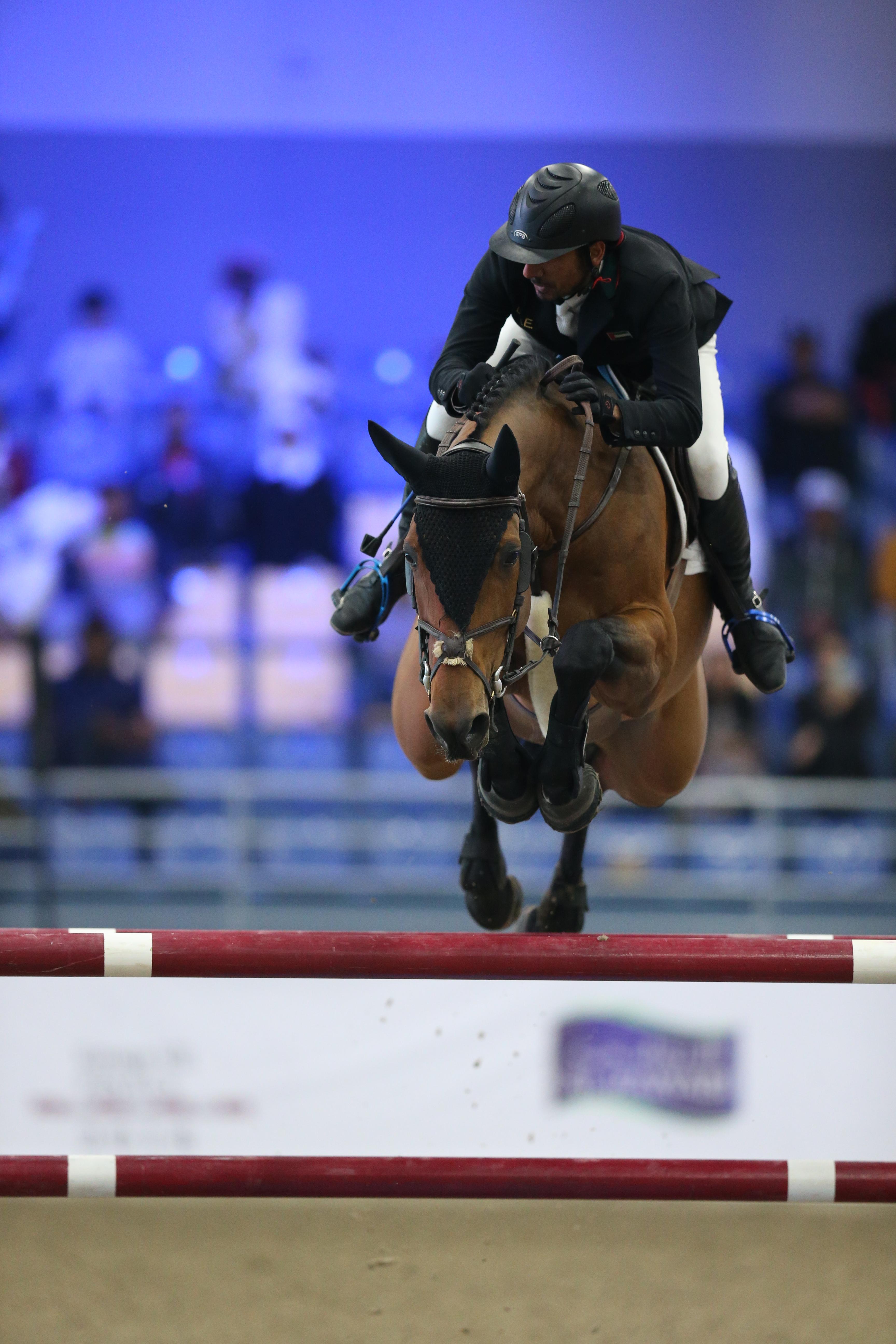
Show JumpingShow Jumping
Horse show jumping, often referred to as just "show jumping," is an equestrian sport where horse and rider teams navigate a series of obstacles, typically in an arena, in a timed event. The primary objective is to complete the course with the fewest penalties, which are incurred when a horse knocks down a jump or refuses to jump.
Here are some key points about horse show jumping:
Obstacles: Show jumping courses are set with a variety of obstacles, including verticals, spreads, and combinations of jumps. The obstacles can vary in height and width, and they may be decorated with colorful rails and filler to make them more visually appealing.
Scoring: Riders aim to complete the course within the allocated time, but their primary goal is to clear all the jumps without incurring penalties. Penalties can be assessed for various faults, such as knocking down rails, refusing jumps, or exceeding the time limit. The rider with the fewest penalties is the winner.
Classes: Show jumping competitions often have classes designed for different skill levels, including beginners, intermediate riders, and professional or advanced riders. There may also be age-specific classes for youth and adult riders.
Rider Apparel: Riders typically wear traditional equestrian attire, including breeches, riding boots, and a riding helmet. The attire should be neat and formal for most competitions.
Types of Competitions: Show jumping events can range from local and regional competitions to international competitions. At the highest level, show jumping is an Olympic sport and is governed by organizations like the Fédération Équestre Internationale (FEI).
Horse Breeds: While various horse breeds can participate in show jumping, certain breeds, such as Thoroughbreds, Warmbloods, and sport horse breeds, are often favored for their athleticism and jumping abilities.
Courses: Show jumping courses are designed by course designers who create a series of challenges that test the horse's and rider's agility, precision, and speed. Courses can vary in complexity, and they may include combinations, such as a line of related jumps or a bending line.
Safety: Safety is a top priority in show jumping. Riders and horses undergo training, and the equipment used, including the jumps and the footing of the arena, must meet safety standards to minimize the risk of injury.
Judging: Show jumping is judged based on the rider's performance, the horse's willingness and ability to jump, and the number of penalties incurred. In some cases, time is used as a tiebreaker when multiple riders complete the course with the same number of penalties.
Awards: Competitions award riders with ribbons, trophies, and prizes for top placements. Major international events, such as the FEI World Cup, offer significant prize money to top riders.
Show jumping is a thrilling and dynamic equestrian sport that showcases the partnership between horse and rider, as well as the athleticism of both. It's a popular sport enjoyed by participants and spectators alike, and it requires skill, training, and a deep connection between horse and rider to excel











